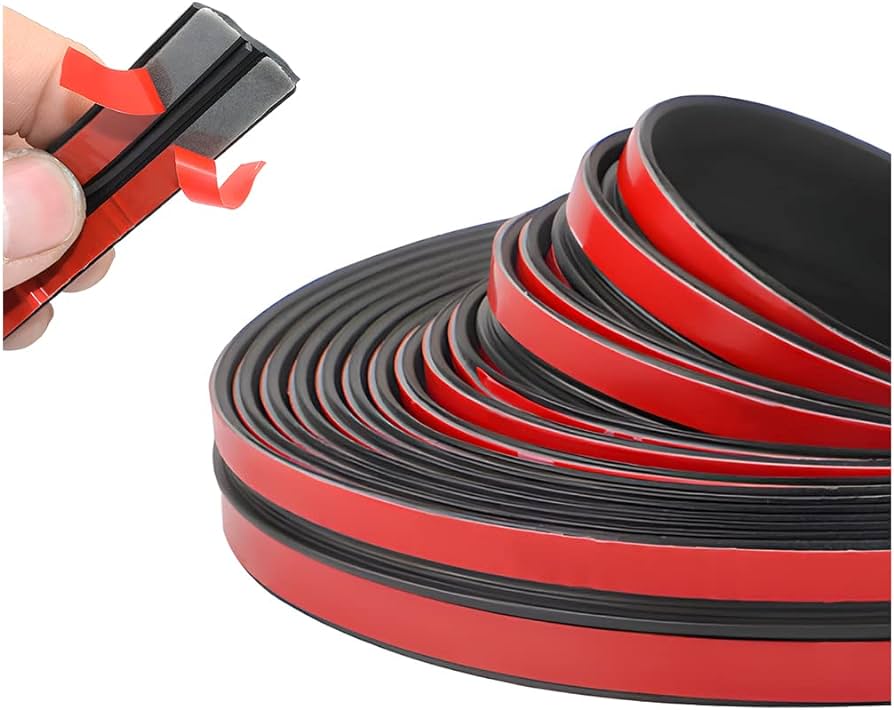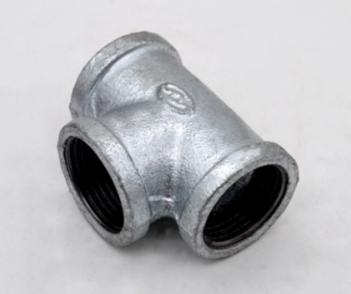Versatile Applications of Waterproof Rubber Seal Strips: Ensuring Effective Protection
This article explores the wide-ranging applications of waterproof rubber seal strips and their importance in providing effective protection against moisture, air, dust, and noise. Discover the benefits and features of these versatile sealing solutions, which find applications in industries such as construction, automotive, electronics, and marine.
Introduction:
Waterproof rubber seal strips are essential components that provide effective protection against moisture, air, dust, and noise in various industries. This article highlights the versatile applications of waterproof rubber seal strips and their significance in ensuring the longevity and performance of different projects. By understanding the benefits, features, and selection criteria, professionals can make informed decisions when choosing the appropriate seal strips for their specific needs.
Benefits and Features of Waterproof Rubber Seal Strips:
Waterproof rubber seal strips offer several advantages over other sealing solutions. Here are some key benefits and features:
- Excellent Waterproofing Properties: These seal strips are designed to provide a reliable waterproof barrier, preventing water ingress in applications such as windows, doors, roofs, and marine vessels.
- Superior Flexibility: These seal strips can conform to irregular surfaces, ensuring a tight and secure seal around corners, edges, and joints.
- Durable and Long-lasting: Made from high-quality rubber materials, these seal strips exhibit excellent durability and resistance to environmental factors such as UV radiation, extreme temperatures, and chemical exposure.
- Sound and Thermal Insulation: These seal strips contribute to noise reduction and thermal insulation, enhancing comfort and energy efficiency in buildings, vehicles, and appliances.

Choosing the Right Waterproof Rubber Seal Strip for Your Needs:
Consider the following factors when selecting seal strips:
- Application-specific Requirements: Evaluate the specific requirements of your project. Such as the level of waterproofing, temperature resistance, and compatibility with different surfaces.
- Size and Profile: Choose seal strips with the appropriate dimensions and profiles to ensure a proper fit and sealing effectiveness.
- Material Compatibility: Consider the compatibility of the seal strip material. With the surrounding materials to prevent chemical reactions and ensure long-term performance.
- Quality and Certification: Look for seal strips from reputable manufacturers that meet industry standards and have undergone rigorous testing for quality and performance.
Example:
For instance, in the automotive industry, seal strips are used in various applications. They provide effective sealing around doors, windows, trunks, and hoods, preventing water and noise infiltration into the vehicle cabin. These seal strips are designed to withstand harsh weather conditions, including rain, snow, and extreme temperatures.
By utilizing high-quality seal strips, automotive manufacturers ensure comfort. And the safety of their vehicles while maintaining a sleek and streamlined appearance.
In conclusion, waterproof rubber seal strips find versatile applications in industries such as construction, automotive, electronics, and marine. Their benefits, including excellent waterproofing properties, flexibility, durability, and sound insulation, make them indispensable sealing solutions.
By considering application-specific requirements, size and profile, material compatibility, and product quality. Professionals can select the right waterproof rubber seal strips to enhance the performance, longevity, and protection of their projects.


